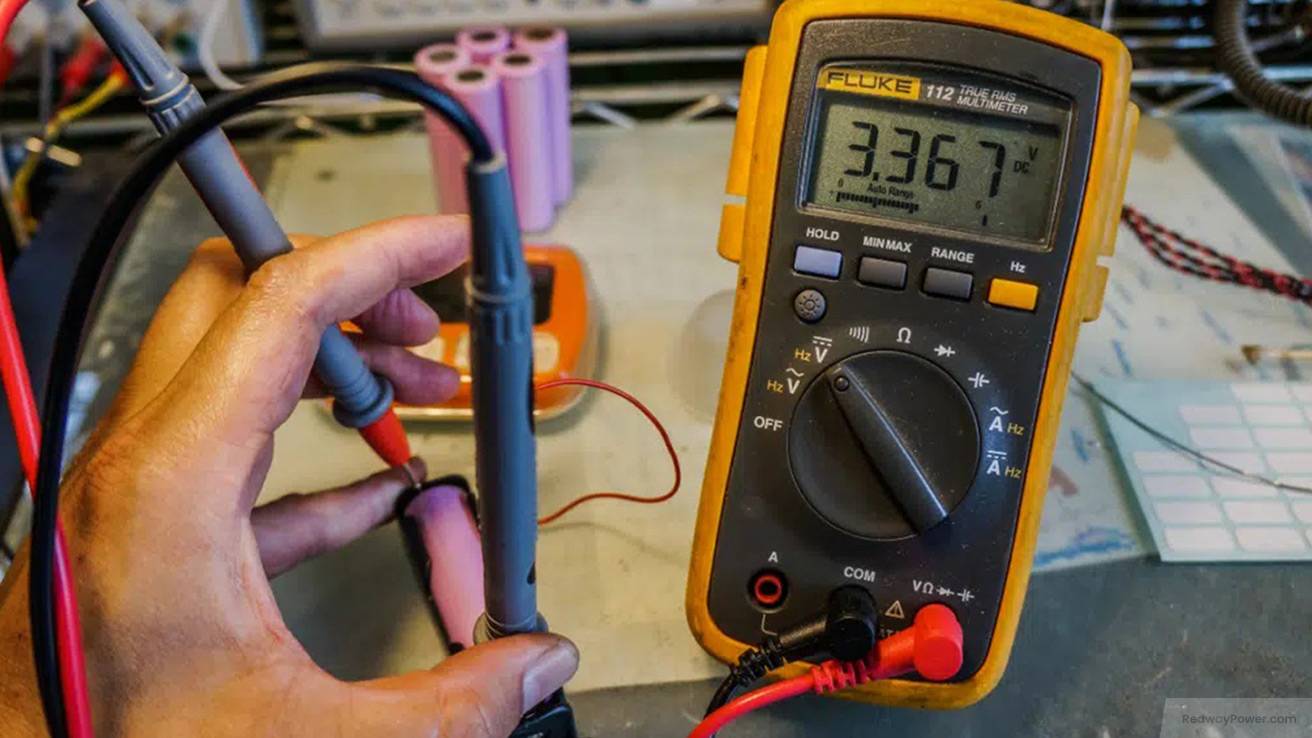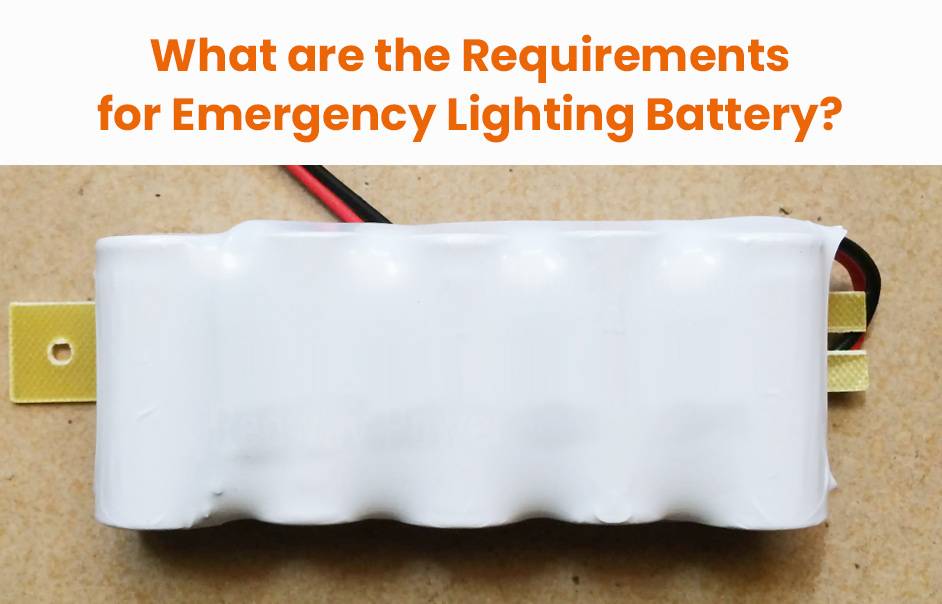- Forklift Lithium Battery
-
48V
- 48V 210Ah
- 48V 300Ah
- 48V 420Ah (949 x 349 x 569 mm)
- 48V 420Ah (950 x 421 x 450 mm)
- 48V 456Ah
- 48V 460Ah (830 x 630 x 590 mm)
- 48V 460Ah (950 x 421 x 450 mm)
- 48V 460Ah (800 x 630 x 600 mm)
- 48V 460Ah (820 x 660 x 470 mm)
- 48V 500Ah
- 48V 560Ah (810 x 630 x 600 mm)
- 48V 560Ah (950 x 592 x 450 mm)
- 48V 600Ah
- 48V 630Ah
-
48V
- Lithium Golf Cart Battery
- 12V Lithium Battery
12V 150Ah Lithium RV Battery
Bluetooth App | BCI Group 31
LiFePO4 Lithium
Discharge Temperature -20°C ~ 65°C
Fast Charger 14.6V 50A
Solar MPPT Charging - 24V Lithium Battery
- 36V Lithium Battery
- 48V Lithium Battery
-
48V LiFePO4 Battery
- 48V 50Ah
- 48V 50Ah (for Golf Carts)
- 48V 60Ah (8D)
- 48V 100Ah (8D)
- 48V 100Ah
- 48V 100Ah (Discharge 100A for Golf Carts)
- 48V 100Ah (Discharge 150A for Golf Carts)
- 48V 100Ah (Discharge 200A for Golf Carts)
- 48V 150Ah (for Golf Carts)
- 48V 160Ah (Discharge 100A for Golf Carts)
- 48V 160Ah (Discharge 160A for Golf Carts)
-
48V LiFePO4 Battery
- 60V Lithium Battery
-
60V LiFePO4 Battery
- 60V 20Ah
- 60V 30Ah
- 60V 50Ah
- 60V 50Ah (Small Size / Side Terminal)
- 60V 100Ah (for Electric Motocycle, Electric Scooter, LSV, AGV)
- 60V 100Ah (for Forklift, AGV, Electric Scooter, Sweeper)
- 60V 150Ah (E-Motocycle / E-Scooter / E-Tricycle / Tour LSV)
- 60V 200Ah (for Forklift, AGV, Electric Scooter, Sweeper)
-
60V LiFePO4 Battery
- 72V~96V Lithium Battery
- Rack-mounted Lithium Battery
- E-Bike Battery
- All-in-One Home-ESS
- Wall-mount Battery ESS
-
Home-ESS Lithium Battery PowerWall
- 24V 100Ah 2.4kWh PW24100-S PowerWall
- 48V 50Ah 2.4kWh PW4850-S PowerWall
- 48V 50Ah 2.56kWh PW5150-S PowerWall
- 48V 100Ah 5.12kWh PW51100-F PowerWall (IP65)
- 48V 100Ah 5.12kWh PW51100-S PowerWall
- 48V 100Ah 5.12kWh PW51100-H PowerWall
- 48V 200Ah 10kWh PW51200-H PowerWall
- 48V 300Ah 15kWh PW51300-H PowerWall
PowerWall 51.2V 100Ah LiFePO4 Lithium Battery
Highly popular in Asia and Eastern Europe.
CE Certification | Home-ESS -
Home-ESS Lithium Battery PowerWall
- Portable Power Stations
How Do You Perform Battery Testing Effectively?

Battery testing is crucial for determining the health and performance of batteries. It involves various methods to assess voltage, capacity, and internal resistance, ensuring that batteries operate efficiently and safely.
What is battery testing and why is it important?
Battery testing refers to the process of evaluating a battery’s performance through various methods. It is essential for several reasons:
- Safety: Identifying potential failures can prevent hazardous situations.
- Performance Optimization: Regular testing helps maintain optimal performance levels.
- Longevity: Understanding a battery’s condition can extend its operational life.
| Importance of Battery Testing | Description |
|---|---|
| Safety | Prevents hazardous failures |
| Performance Optimization | Ensures batteries operate efficiently |
| Longevity | Extends the operational life of batteries |
How can you perform a visual inspection of a battery?
Visual inspection is the first step in battery testing. It involves checking for physical damage or abnormalities:
- Look for Leaks: Check for any signs of electrolyte leakage.
- Inspect for Swelling: A swollen battery casing indicates internal damage.
- Check Connections: Ensure terminals are clean and free from corrosion.
What methods are used to measure battery voltage?
Measuring voltage is crucial for assessing a battery’s state of charge (SoC). Common methods include:
- Multimeter Measurement: Use a multimeter to measure open-circuit voltage.
- Load Testing: Apply a load to the battery and measure the voltage drop during discharge.
| Voltage Measurement Method | Description |
|---|---|
| Multimeter Measurement | Directly measures open-circuit voltage |
| Load Testing | Measures voltage under load conditions |
How do you test the capacity of a battery?
Capacity testing determines how much energy a battery can store compared to its rated capacity. This can be done using:
- Coulomb Counting: This method tracks the charge entering and leaving the battery over time.
- Discharge Testing: Fully charge the battery, then discharge it at a constant rate while measuring how long it takes to reach a specific voltage.
What is internal resistance testing and why is it necessary?
Internal resistance testing measures how much resistance the current encounters within the battery, which affects performance:
- Testing Method: Use an ohmmeter or specialized equipment to measure resistance while applying a load.
- Importance: High internal resistance can indicate aging or damage, leading to poor performance or overheating.
| Internal Resistance Testing | Description |
|---|---|
| Ohmmeter Measurement | Measures resistance directly |
| Load Application | Evaluates resistance under operational conditions |
Which advanced techniques are available for battery testing?
Advanced testing techniques provide deeper insights into battery health:
- Electrochemical Impedance Spectroscopy (EIS): This technique analyzes how batteries respond to different frequencies, providing detailed information about their internal chemistry.
- Pulse Testing: Involves applying short pulses of current to observe how quickly the battery responds, indicating its health status.
Tips for Battery Wholesale Buyers
When considering bulk purchases or OEM orders, it’s crucial to select reliable manufacturers like Redway Power, known for their high-quality lithium-ion solutions with over 13 years of experience. The process involves:
- Identifying your specific needs regarding capacity and application.
- Requesting quotes from manufacturers while ensuring compliance with industry standards.
- Evaluating the manufacturer’s ability to meet your production timelines and quality requirements.
Redway Power Expert Views
“Effective battery testing is vital for ensuring safety and performance,” states an expert from Redway Power. “Utilizing both basic and advanced testing methods allows users to maintain their batteries effectively, preventing unexpected failures.”
FAQ Section
- What is the purpose of battery testing?
Battery testing evaluates performance, safety, and longevity, ensuring batteries operate efficiently. - How do I perform a voltage test on my battery?
Use a multimeter to measure open-circuit voltage or apply a load and observe voltage drop. - What does internal resistance indicate?
High internal resistance can signal aging or damage, affecting overall performance.


























